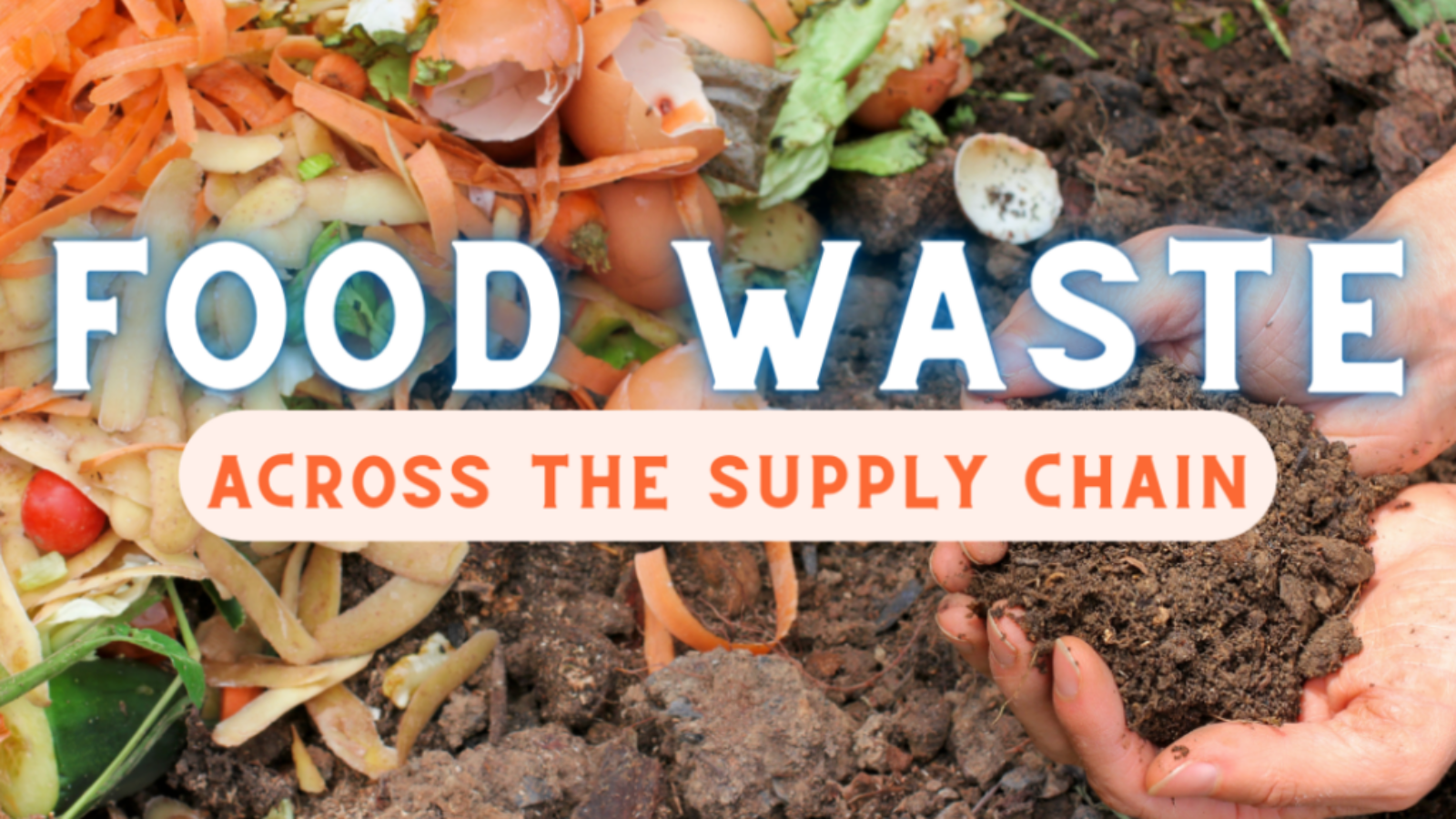Food waste occurs throughout the entire value chain, primarily during production and consumption. Although consumers contribute to a significant amount of food wasted, several issues can arise during production that leads to unnecessary waste. According to the Food and Agriculture Organization of the United Nations (FAO), between harvest and retail, about 14% of food is lost globally.
What factors are driving food waste?
Due to various inefficiencies, developing countries have the highest amount of food waste during the production and transportation phases. According to the Boston Consulting Group, the main drivers of food waste are a lack of awareness and limited knowledge of solutions, poor supply chain infrastructure, a lack of supply chain efforts focused on food waste, weak collaboration amongst stakeholder groups, and insufficient regulations.
What are feasible solutions?
Addressing these challenges at the root of the problem could prevent tons of food from being wasted. To achieve more awareness on the issue of food waste, working with farmers to develop more efficient harvesting techniques could be beneficial. Providing farmers with training on best practices for crop safety can help protect crops from pests and weeds, which would prevent waste during harvest. Improving supply chain infrastructure can be accomplished by looking into various methods of repurposing unsellable food and redistributing it for use in animal feed, biofuels, and cosmetics. Sourcing more local food could address a lack of supply chain efforts. Locally sourcing food will reduce the carbon footprint and prevent food from spoiling faster due to less time in transit. Improved collaboration amongst various stakeholder groups could help identify more accurate supply and demand forecasted values, thus reducing waste from overordering. Companies could also advocate for the lack of regulations by promoting statewide and national mandates to reduce food waste.
What companies are doing to combat food waste
Food scraps are a sizable component of the food wasted during manufacturing, which includes things like banana peels, egg shells, and bones. Companies across the globe are tackling the food waste problem through innovative solutions to use food scraps that otherwise would end up in the landfill.
Biofase, a Mexican company, is taking initiative in creating bioplastics from avocado pits they receive from manufacturers. Mexico produces 30% of the world’s avocados, making them the largest avocado producer globally. Such a high production rate creates a significant amount of waste, including the skin and pit of avocados. Biofase has created a patented process of converting the avocado pits into what they call avoplast, which they use to produce food containers, cutlery, and straws. While replacing up to 60% of the petroleum used, Biofase is reducing their carbon footprint significantly. The bioplastic industry is rapidly growing as it replaces polystyrene, polypropylene, and polyethylene in similar applications. All Biofase products are biodegradable and sustainable alternatives to fossil-fuel-based materials.
Lifepack, a company based in Columbia, has developed an innovative process of creating 100% compostable plates, cutlery, and other products. Lifepack’s mission is to reduce waste globally and create a more sustainable business model. Their products, made from agro-industrial wasted pineapple tops, can be disposed of outdoors, rather than in an industrial composter. They are also committed to reducing their carbon footprint through their germinating packaging. All of their plates contain seeds, which can be disposed of in a natural environment to germinate a plant within eight days. These seeds can be grown in home gardens, community green centers, and Lifepack even works with small businesses to collect plates and plant the seeds in deforested areas.
Fruitleather, located in the Netherlands, has created the first-ever vegan leather, composed of mangoes wasted in transit. The first step in their vegan leather-making process is to create a mango pulp. Next, all the fibers are removed and the pulp is laid into sheets to dry. Fruitleather then sells the dried mango sheets to companies and designers around the world, who will use them to make handbags, accessories, shoes, and furniture. The traditional leather-making process results in the slaughtering of over a billion animals and the cleaning process alone emits 650 million kilos of CO2. The destructive fashion industry problem and the copious amount of global food wasted are the main drivers of Fruitleather’s mission.
Conclusion
Innovative companies globally are working to create suitable solutions to reduce food waste. To quantify the lost impacts of food that is not consumed, completing a Life Cycle Assessment (LCA) would be beneficial. Understanding the environmental impacts of food can provide a baseline to help companies create sustainability goals for their food products and packaging. Here at Trayak, we provide EcoImpact-COMPASS, a comprehensive sustainability software solution tailored to products and packaging. EcoImpact-COMPASS considers food waste and food scrap during the manufacturing processes and helps companies understand where the majority of the environmental impacts are coming from. EcoImpact-COMPASS also aids in making comparisons between foods based on the manufacturing region and end-of-life region, as well as between different ingredients. This allows companies to visualize the tradeoffs and make holistic decisions, to help prevent food waste at the root of the problem.
Trayak has been helping leading brands of all sizes make data-driven sustainability decisions for over 10 years. If you would like to learn more about our tools and services please contact us.


Add a Comment
You must be logged in to post a comment